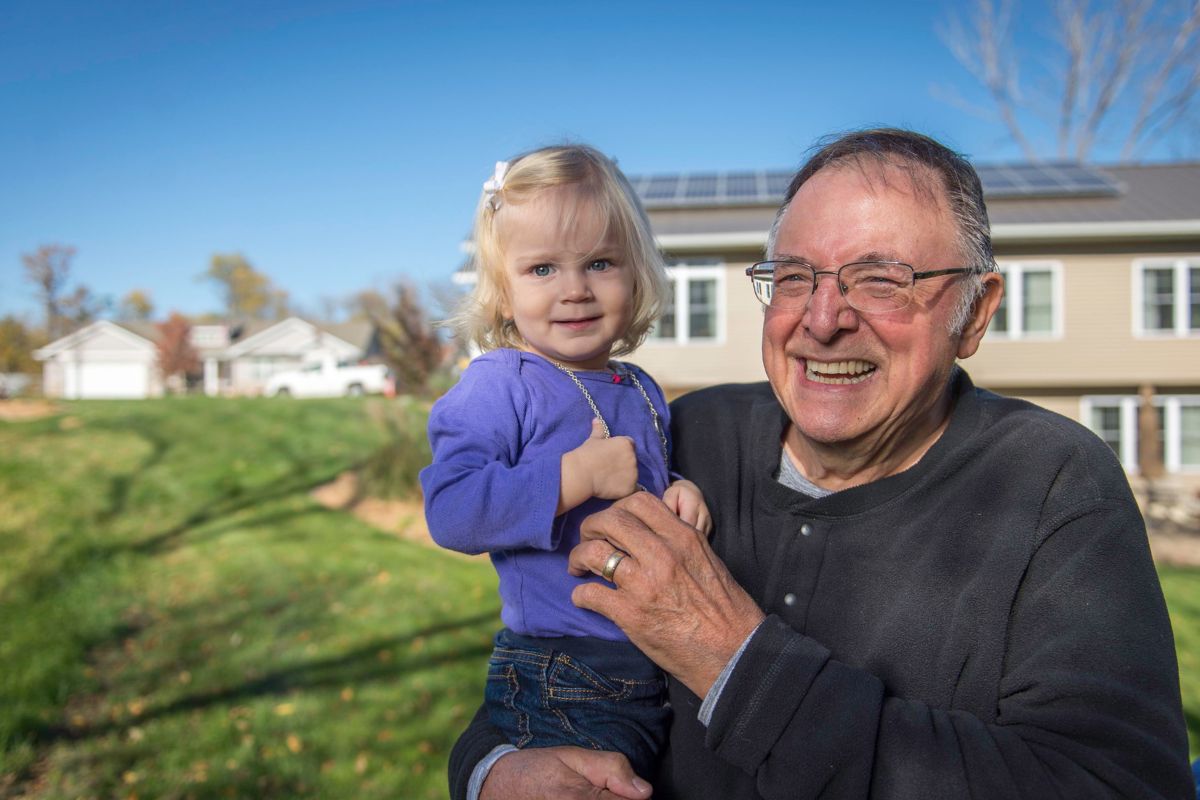August is here. School is starting, blackberries are in season and it’s Low-Income Home Energy Assistance Program (LIHEAP) Awareness Month. You can probably guess which of those we’re most excited to talk about.
LIHEAP (pronounced “lie heap”) is a federally funded program in the United States that provides low-income households financial assistance to help pay their home energy expenses. LIHEAP was established in 1981 under the Department of Health and Human Services and is administered by state, tribal and territorial agencies.
Assistance is offered in many forms such as direct payments to energy providers on behalf of eligible households, providing weatherization or energy efficiency improvements and supporting access to renewable energy.
In fact, a new renewable energy program for LIHEAP administrators is currently in the works. The Low-Income Clean Energy Connector is meant to remove financial barriers low-income households face in the transition to renewable energy by lowering electricity bills and energy burden. Once the program launches, the Connector will also increase the community solar market and create jobs in clean energy.
Alliant Energy partners with the National Energy & Utility Affordability Coalition (NEUAC), a nonprofit organization comprised of diverse organizations dedicated to meeting the economic needs of low-income energy consumers and advocating for the LIHEAP program. We also help lead a national day on Capitol Hill to advocate for LIHEAP funding and gather signatures for House and Senate colleague letters in support of the program.
In July, the United States House Appropriations Committee proposed a Fiscal Year 2024 budget that included increased funding for LIHEAP by $11 million dollars from 2023’s fiscal year budget. This represents a major win for customers who struggle to pay their bills.
What programs are available to Wisconsin customers?
Wisconsin Home Energy Assistance Program (WHEAP) is a federally funded program that offers LIHEAP and the Public Benefits Energy Assistance Program funds to help households pay a portion of their heating and electric energy costs.
In 2022, Wisconsin residents received nearly $60 million in LIHEAP funding, with $4.5 million going to Alliant Energy customers. To help with heating bills during winter, 11,640 Alliant Energy customers in need received an average of $382 apiece.

What programs are available for Iowa customers?
Iowa customers can register for LIHEAP for their energy assistance needs. Last year, more than $71 million went to Iowa residents to help with energy bills. This includes 20,000 Alliant Energy households in Iowa who received an average of $555 apiece, a total of more than $11 million.

Learn more about our other energy assistance programs here.


